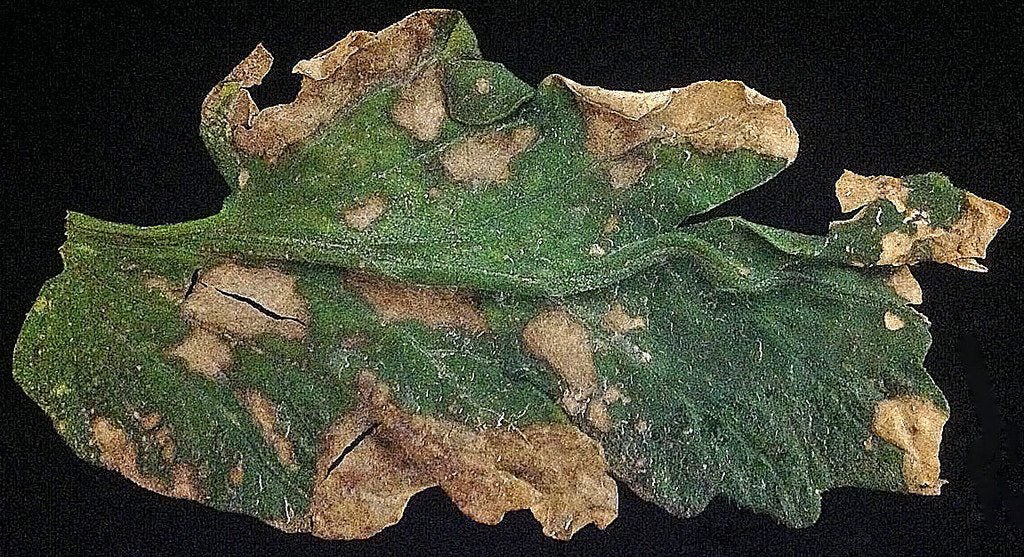Tomato Anthracnose Info: How To Treat Tomatoes With Anthracnose

Amy Draiss

Food crops are prey to numerous pest and disease issues. Diagnosing what is wrong with your plant and how to treat or prevent it can be challenging. A look at the anthracnose disease, its formative conditions, and controls can help save your tomato crop from very contagious fungal diseases. Anthracnose is a serious disease of many crop and ornamental plants. On tomato plants, it can decimate the crop, producing inedible fruits. This is a disaster for commercial growers but also affects home gardeners. Anthracnose of tomatoes results in lesions on both green and ripe fruit. Continue reading for important tomato anthracnose info, including how to prevent and treat the disease.
What is Anthracnose on a Tomato?
Essentially, anthracnose is a fruit rot. There are many types of rot that can affect tomatoes, but anthracnose is especially prevalent. Tomatoes with anthracnose are infected with the fungi Colletotrichum phomoides, C. coccodes or several other species of Colletotrichum. The fungus survives and even overwinters in old plant debris but can also be contained in seeds. Wet weather or splashing from irrigation provides ideal conditions for disease development, as do temperatures of 80 degrees Fahrenheit (27 C.) or more. According to tomato anthracnose info, even the harvesting of ripe fruit can dislodge infecting spores and spread the disease to otherwise healthy plants. Anthracnose of tomatoes usually affects ripe or overripe fruits but can occasionally show up on green tomatoes. Green fruits may be infected but do not show signs until ripening. Round, sunken, water-soaked spots initially infest fruit. As the disease progresses, lesions get larger, deeper and become dark. Fruits infected with just one or two lesions are considered culls and thrown out. This is because the advanced stages of the disease penetrate deeper into the flesh causing corky, moldy spots and rotting. It is also very contagious and removal of infected fruit can help prevent the spread of the fungus. Tomatoes with anthracnose that are contaminated by the fungus begin to show signs of lesions 5 to 6 days after contraction of the fungus.
Controlling Anthracnose of Tomatoes
Poorly drained soil promotes the formation of the disease. Crops in the Solanaceous family should be on a 3- to 4-year rotation. These would also include peppers and eggplant. Staking or trellising plants can minimize the contact between soil borne fungi, as can applying a mulch. Watering at the base of the plants can prevent splashing and wet leaves that start the fungus growing. Harvest fruits as soon as they are ripe. Clean up previous season's plant debris, and keep weeds that may harbor the fungus away from the crop zone. If necessary, apply fungicides when the plants form their first fruit clusters and ensure complete coverage of the fruit. Copper based fungicides are considered safe to prevent anthracnose on tomato even if used up to the day prior to harvest, and are registered for organic use if applied within guidelines.
Sign up for the Gardening Know How newsletter today and receive a free copy of our e-book "How to Grow Delicious Tomatoes".

Bonnie Grant is a professional landscaper with a Certification in Urban Gardening. She has been gardening and writing for 15 years. A former professional chef, she has a passion for edible landscaping.
- Amy DraissDigital Community Manager